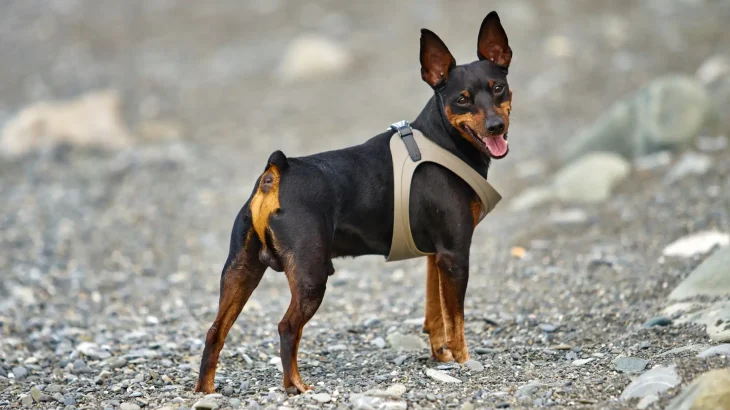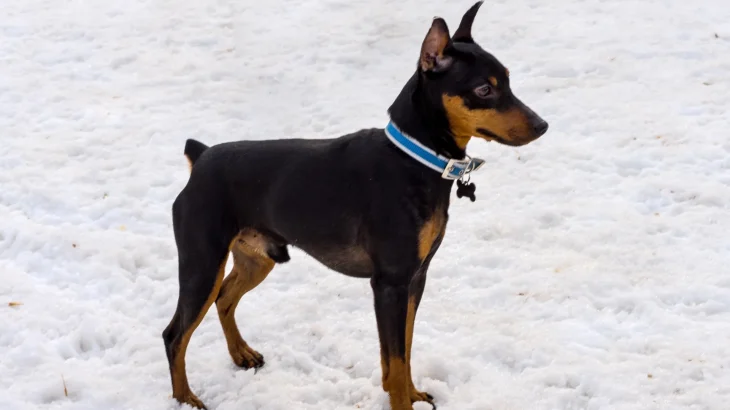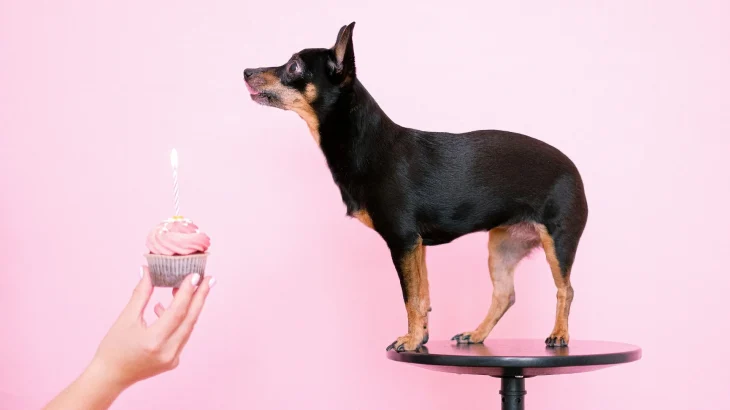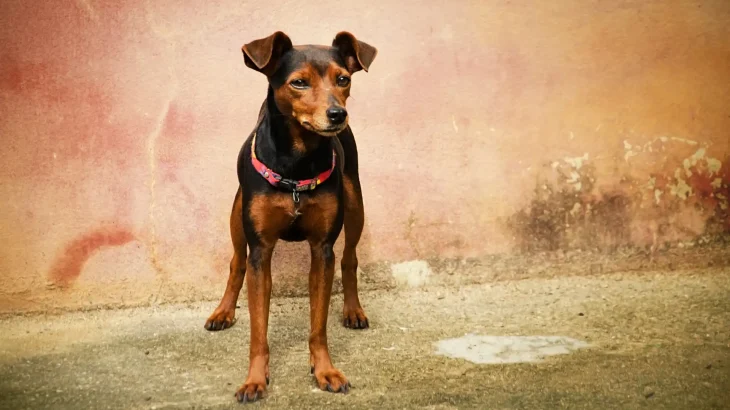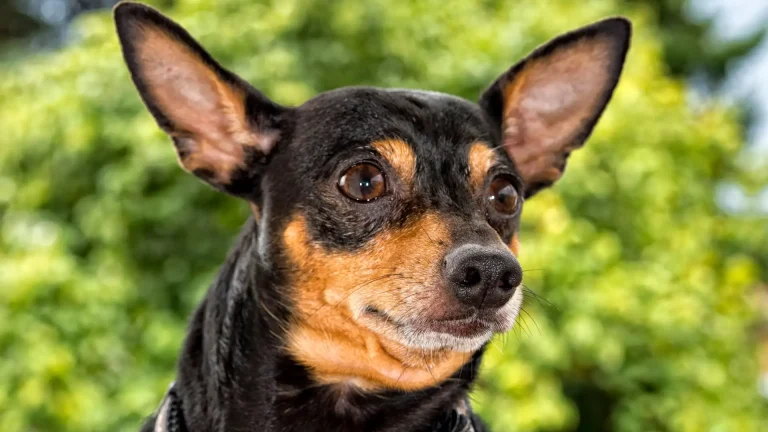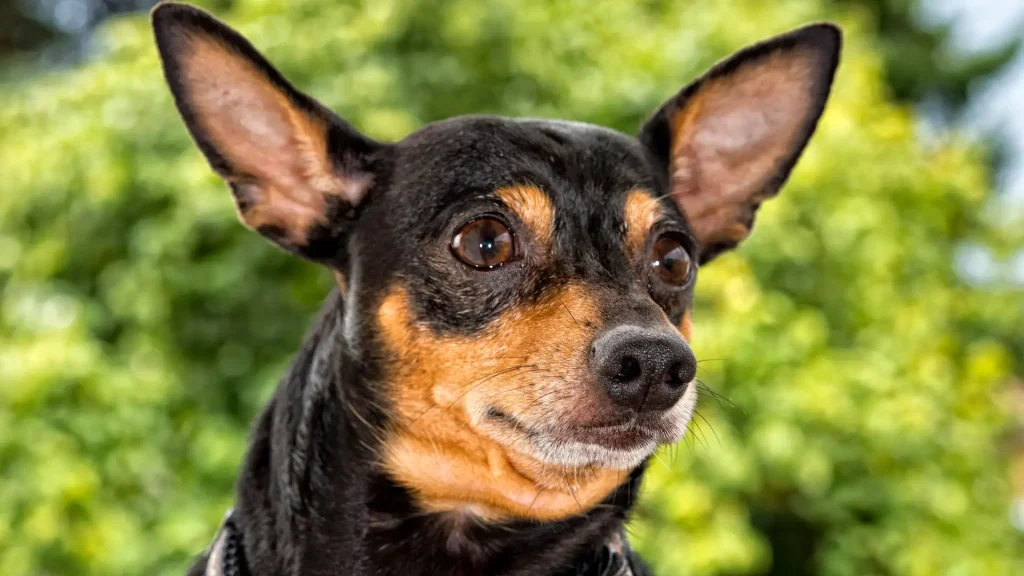When deciding to welcome a Harlequin Pinscher puppy into your home, the choice between adoption and purchase hinges on factors like health transparency and ethics. Purchasing from a breeder often gives clearer insights into the puppy's genetic health and pedigree, while adoption supports giving a home to a dog that might otherwise lack one.
Adoption vs. Breeder: Pros & Cons
| Criteria | Buying from Breeder | Adopting from Shelter/Rescue |
|---|---|---|
| Cost | Generally higher; purebred puppies come with a premium price. | Lower fees; adoption involves a modest one-time payment. |
| Health History | Breeders usually provide detailed health and genetic records. | Health history may be incomplete; basic wellness checks done. |
| Age Availability | Mostly young puppies for early training. | Wide age range, including adults. |
| Temperament Insight | Breeders provide lineage temperament info. | Shelter staff share observations but may lack full history. |
| Supporting Practices | Supports established breeding; ethical breeder choice is key. | Gives a home to dogs in need, supports welfare efforts. |
| Breed Purity & Pedigree | Guaranteed purebred pedigree documentation. | Breed purity may be uncertain; less emphasis on purebred status. |


